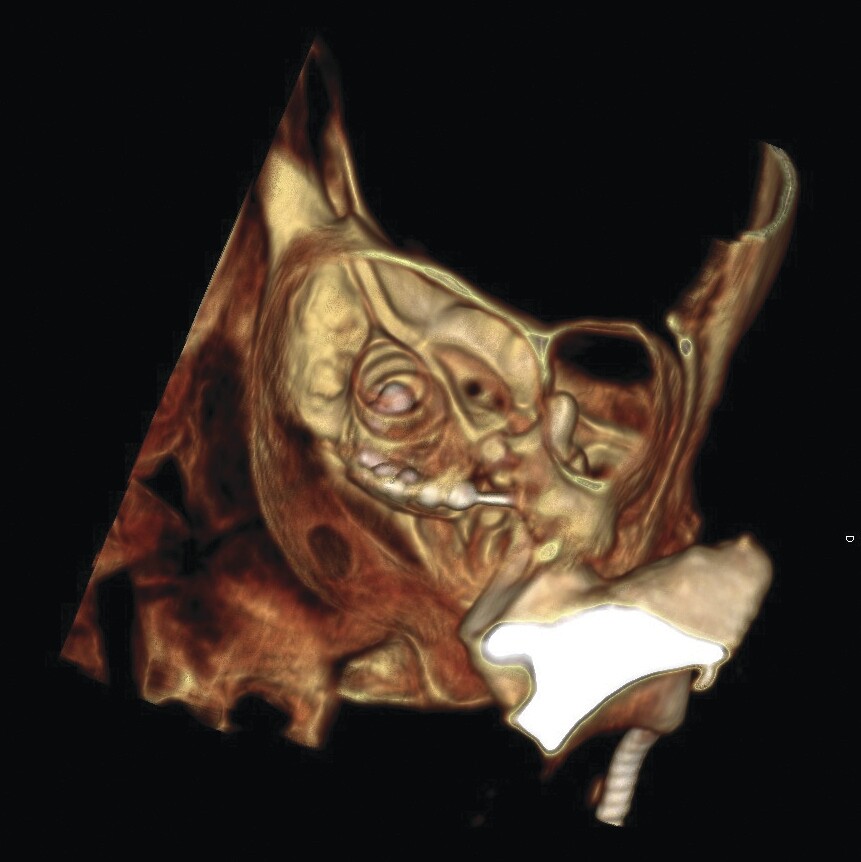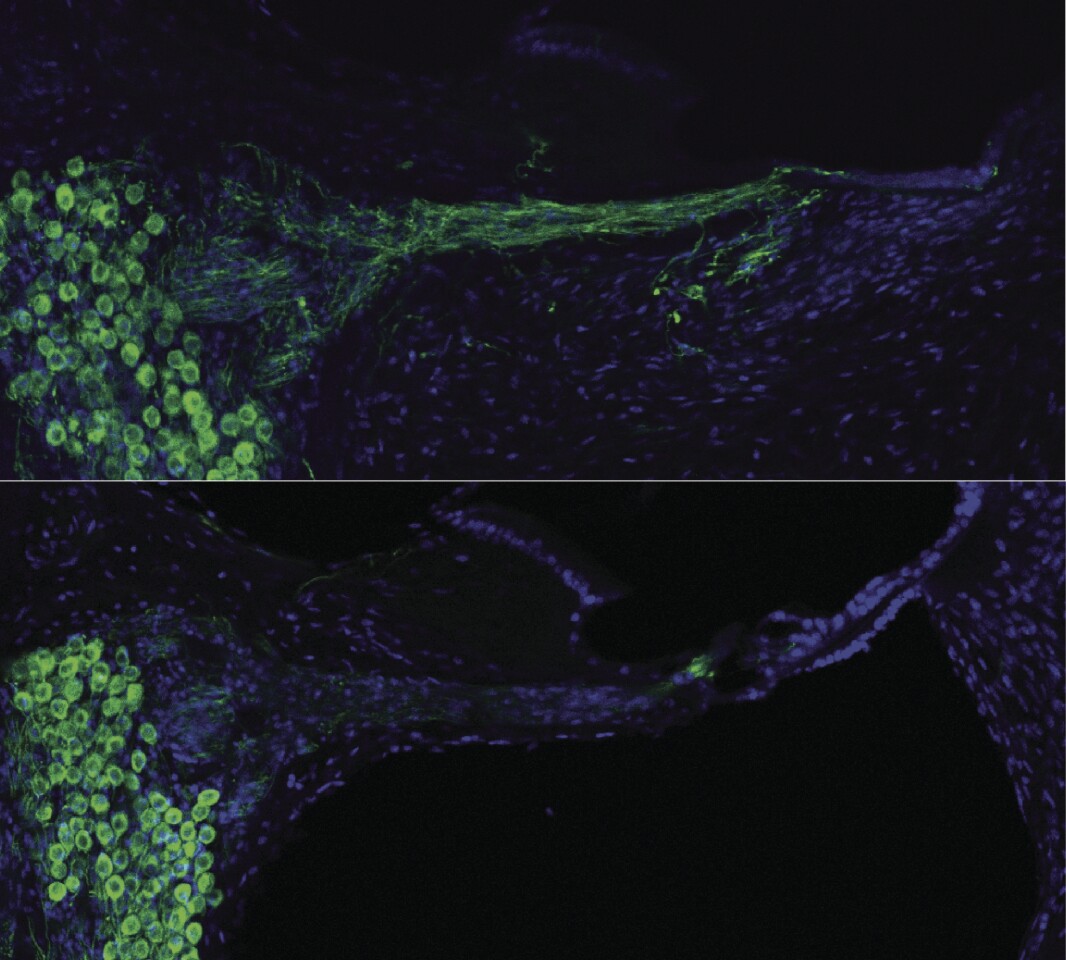According to the World Health Organization, more than 360 million people worldwide live with disabling hearing loss, and for many, devices such as hearing aids and cochlear implants allow them to maintain a normal life style. But what if a cochlear device could offer a biological solution that would enhance a patient’s experience?
For the first time, researchers at the University of New South Wales in Australia have used cochlear implants to regenerate auditory nerves through gene therapy, a process where therapeutic DNA is inserted into cells to treat a disease.
Cochlear implants work by converting sounds into electrical signals that are sent directly to the auditory nerve, bypassing the outer and middle ear. The process allows for significantly improved hearing, including the ability to maintain a phone conversation, but the sounds they provide for patients are monotone and robotic.
“Ultimately, we hope that after further research, people who depend on cochlear implant devices will be able to enjoy a broader dynamic and tonal range of sound, which is particularly important for our sense of the auditory world around us and for music appreciation,” says Professor Gary Housley, Director of the Translational Neuroscience Facility at UNSW Medicine.

In 1993 multiple labs discovered that mammal’s ears would have the ability to regenerate cells if triggered according to the National Organization for Hearing Research Foundation, but until now there hadn’t been a safe or efficient way to deliver the necessary proteins to the cochlear area.
“We think it’s possible that in the future this gene delivery would only add a few minutes to the implant procedure,” says the paper’s first author, Jeremy Pinyon, whose PhD is based on this work. “The surgeon who installs the device would inject the DNA solution into the cochlea and then fire electrical impulses to trigger the DNA transfer once the implant is inserted.”

Gene therapy research has provided hope for a number of genetic disorders and diseases, including cancer, HIV and multiple sclerosis.
"Our work has implications far beyond hearing disorders,” says co-author Associate Professor Matthias Klugmann, from the UNSW Translational Neuroscience Facility research team. “Gene therapy has been suggested as a treatment concept even for devastating neurological conditions and our technology provides a novel platform for safe and efficient gene transfer into tissues as delicate as the brain.”
The research was recently published in the journal Science Translational Medicine.
Professor Housley discusses the new gene delivery technique in the UNSW video below.
Source: UNSW










